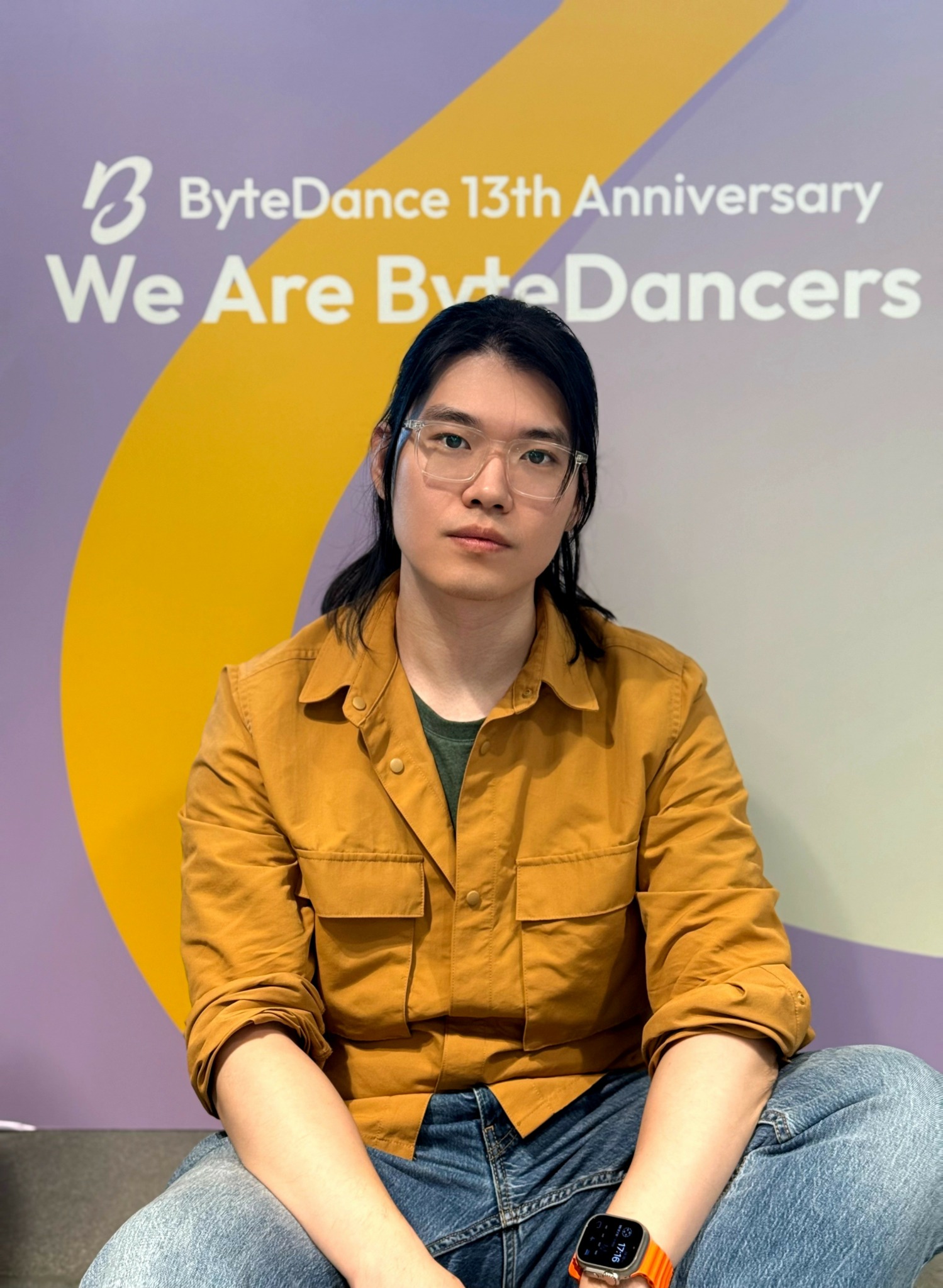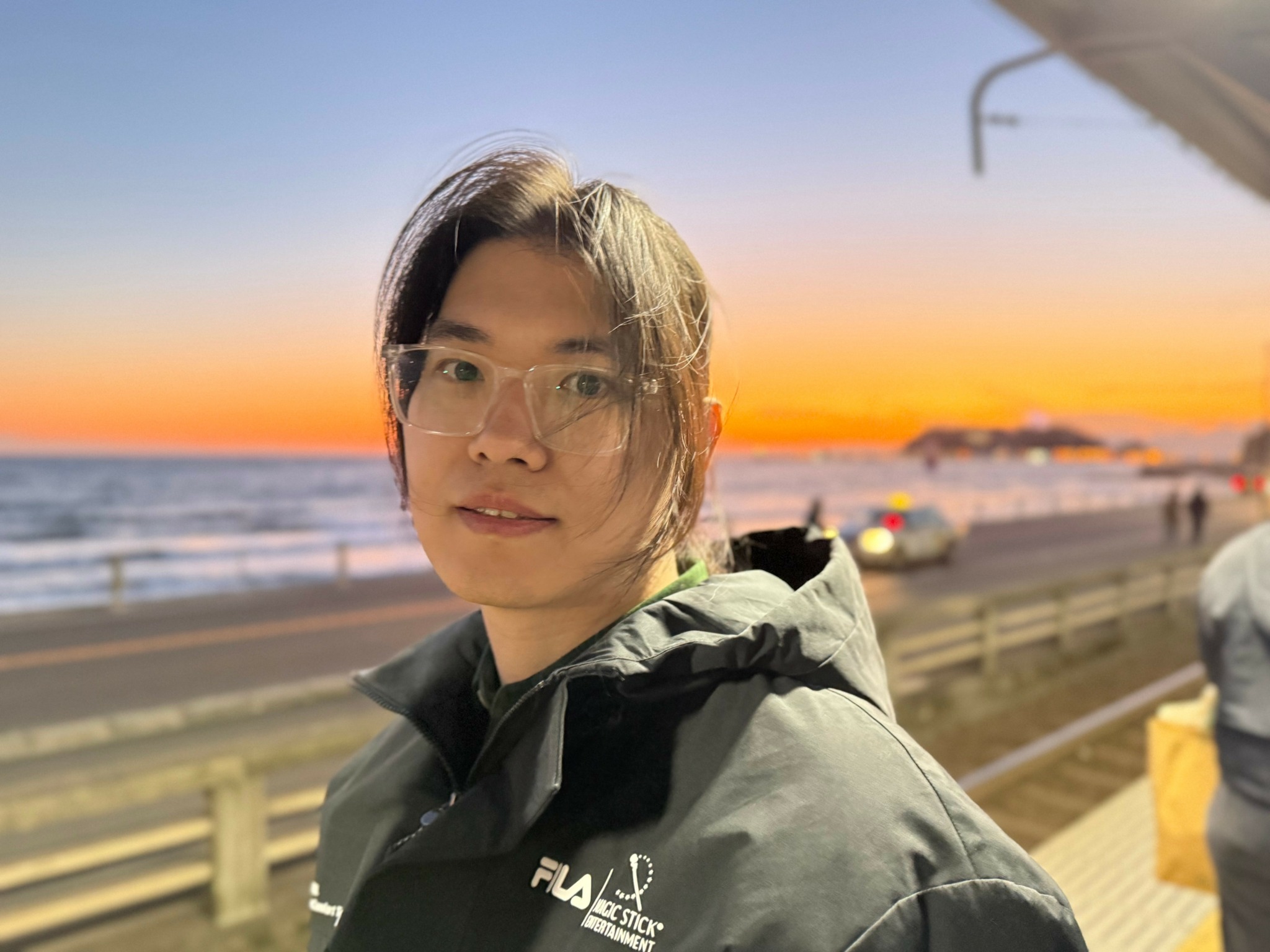Alright – so today we’ve got the honor of introducing you to Xudong Xing. We think you’ll enjoy our conversation, we’ve shared it below.
Xudong, looking forward to hearing all of your stories today. We’d love to hear about the best boss, mentor, or leader you’ve ever worked with.
My boss, Rita Shao, is the most admirable leader I’ve ever worked with. She is not only my current supervisor but also a patient and wise mentor who has played a pivotal role in my professional growth.
Rita taught me that being a manager means more than being accountable for business outcomes—it also means being responsible for the development of your team members. She often reminded me that true leadership isn’t about assigning tasks, but about understanding each team member’s career path and emotional state, and aligning that with business goals. Under her guidance, I began to explore ways to combine personal growth trajectories with project breakthroughs—motivating individuals while pushing design boundaries. It often led to win-win outcomes for both the team and the business.
When I first took over the team, I was full of self-doubt. But Rita placed her trust in me without hesitation. She gave me the space and resources I needed, and when we faced high-risk projects, she stepped in at critical moments to provide a safety net. That trust gave me the confidence to take bold steps and helped me transition from being a contributor to becoming a true leader.
Rita has never been a distant or authoritarian figure—she is always present, always ready to support and guide. I believe that a great leader is not someone who shines alone, but someone who helps others shine because of their presence.
Because of her influence, I strive to be that kind of leader too—one who lives by the principle: Respect the teacher, trust the Tao. Helping team members grow through trust and support is the most valuable lesson I’ve learned from her.

Xudong, before we move on to more of these sorts of questions, can you take some time to bring our readers up to speed on you and what you do?
My name is Xudong Xing, and I’m currently the Design Lead for TikTok’s operations platform. With over 11 years of experience in product design, my work focuses on building scalable, efficient backend systems that support the management of complex content ecosystems. I specialize in bringing clarity to complexity, using systems thinking to drive product evolution. I believe that design is fundamentally about serving life—when grounded in real user needs, good design not only improves product experience but also brings a sense of ease and delight into people’s everyday lives.
Have you ever had to pivot?
One of the most pivotal transitions in my career was moving from industrial design to digital product design. I started out designing physical objects, but as my interest in the interaction between people and technology deepened, I realized that digital products offered a broader canvas to impact everyday life. The shift wasn’t easy—I had to quickly learn new tools, adapt to fast-paced iteration cycles, and navigate the constraints of digital platforms.
But what I ultimately discovered was that the essence of both disciplines is the same: designing for people. The medium may have changed—from steering wheels and buttons to screens, fingers, and cursors—but the core principle of human-centered design remains. This realization not only reinforced my belief in designing with empathy, but also inspired me to explore emerging interaction paradigms such as virtual reality, voice, and near-field communication. It opened up a new frontier of possibilities for how people experience technology.

How can we best help foster a strong, supportive environment for artists and creatives?
I believe the essence of creativity doesn’t necessarily lie in being dazzling or extraordinary—but rather in resisting conformity and standing apart from what’s popular. Truly meaningful ideas often begin on the margins, sometimes misunderstood or overlooked. Because they don’t cater to the mainstream, they rarely attract immediate commercial investment. Over time, this creates a vicious cycle where creators are pushed to pursue “safe” and market-friendly directions, favoring replicable and monetizable design. I don’t deny the legitimacy of this path—in fact, I follow it myself in many professional settings—but personally, I believe it limits the growth and diversity of artistic expression.
Fortunately, platforms like TikTok are opening up new possibilities. They lower the barrier to expression and give visibility to work that might otherwise be ignored. These platforms also shift some of the attention away from just the final product, allowing audiences to engage with the creative process and the ideas behind it. When creators receive authentic feedback and emotional resonance from the community, that itself becomes a form of support—one that helps sustain creative voices that don’t conform, and gives them space to thrive.
Contact Info:
- Linkedin: https://www.linkedin.com/in/xingxd/



